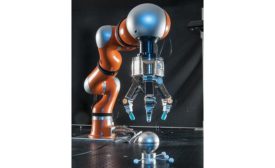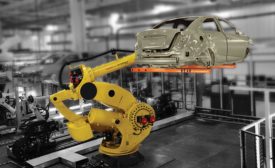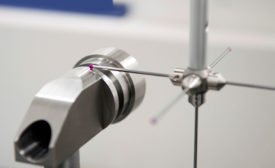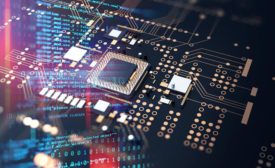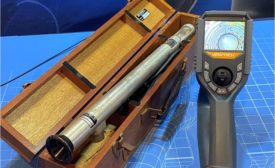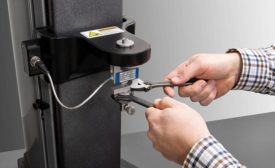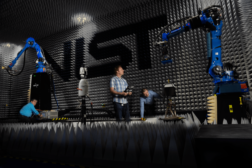Test & Inspection
Quality in Automation > Robotics
The Need for 3D Imaging Performance Standards for Robotic Assembly
NIST is working with the 3D imaging industry to develop performance standards for systems that can be used for robotic assembly applications.
April 6, 2020
Quality in Automation > Trends
The Latest Trends on the Shop Floor
Automation has made closed-loop metrology systems, nondestructive testing and productivity increasingly accessible.
April 6, 2020
Better Inspection Reporting
Automatically create inspection reporting for any industry.
April 2, 2020
Five Things You Didn’t Know Eddy Currents Could Inspect
Eddy current testing has typically been employed for surface and tubing inspections, but it can be employed for much more.
April 1, 2020
Latest Developments in Borescope Technology: Dual Camera Modules
Breakthroughs in materials, electronics and manufacturing techniques have led to innovations that have greatly expanded the capabilities of borescopes.
April 1, 2020
Understanding the Role of Load Cells in Force Measurement
This will help you choose the most appropriate load cell for your application.
April 1, 2020
Quality Headline
NIST Helps Build Accurate Measurement Infrastructure for 5G Communications
March 23, 2020
Stay in the know with Quality’s comprehensive coverage of
the manufacturing and metrology industries.
eNewsletter | Website | eMagazine
JOIN TODAY!Copyright ©2024. All Rights Reserved BNP Media.
Design, CMS, Hosting & Web Development :: ePublishing
